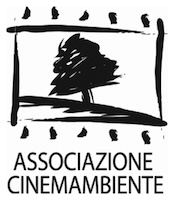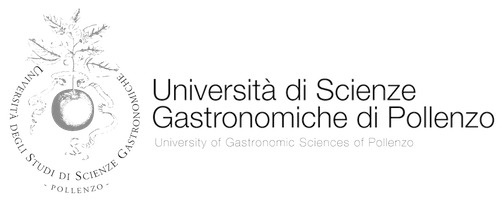Vittorio
De Seta
biography
Between 1954 and 1995, in an absolutely independent and I would dare say adventurous way, with the intuition of being a witness to an epochal change, Vittorio De Seta bursts onto the Italian cinema scene with a series of short films, then called documentaries, on Sicily. A peripheral land, far from modernity, where remnants of age-old rites survived, where work was still an expression of a culture respectful of nature and its laws.
What is striking about these films, in addition to the obvious narrative urgency – six short films in just over a year – is the apparent contradiction between a surprisingly innovative style (absence of off-screen commentary, creative use of sound and cinemascope) and the director's adherence to the profound reasons of peasant civilization, antithetical to the winning, "modern", model of industrialist development, the "development without progress" as Pasolini defined it. Farmers threshing with mules, swordfish fishermen on the lookout, half-naked sulfur miners who never see the sun, or equally epic women washing clothes by the sea, are captured by De Seta in the crucial moments of their relationship with the natural world, which is expressed above all during work. These are not just any moments but gestures that evoke statuesque poses in which one can see the debt that the author has towards classic cinema, especially that of Eisenstein.
De Seta continues his research in Calabria and Sardinia where he makes his most famous film: Banditi ad Orgosolo which will bring him to the attention of the general public. It is a work far from the neorealist experience, to whose bed he has often been traced; here there are no actors, professional or not, in roles that do not correspond to their real lives. The protagonists play themselves and contribute to the narrative development of the film. Here as in the short films, the landscape plays a decisive role, one lives in the woods, among the animals in a continuous exchange with a wild world to which one relates sometimes with violence but always within a superior natural order. The Sixties of the economic boom are, for De Seta, years of crisis and inner research that produce two films, branded by the "progressive" critics of the time with the questionable definition of "intimist". He returns to more explicitly social themes in the early Seventies with Diario di un maestro and Quando la scuola cambia, still in the name of innovation, with two successful cases of high-level television and at the same time of large audiences. But it is with La Sicilia rivisitata and In Calabria that De Seta expresses his indignation towards the cultural and environmental devastation that the breaking of natural balances has determined. Traditions, cultures, communities, landscapes have been swept away by concrete flows, by factories soon reduced to skeletons, by gigantic piers in deserted ports, by trucks and giant bulldozers. He points the camera and takes over the voiceover to say: "What was the need?".
(Gaetano Capizzi)







